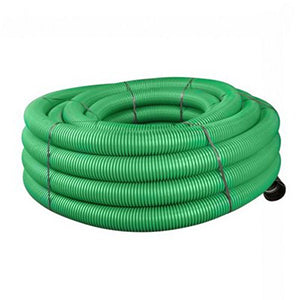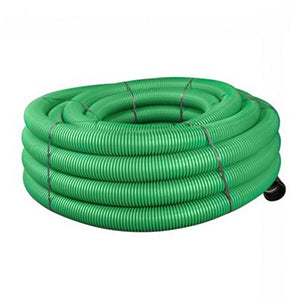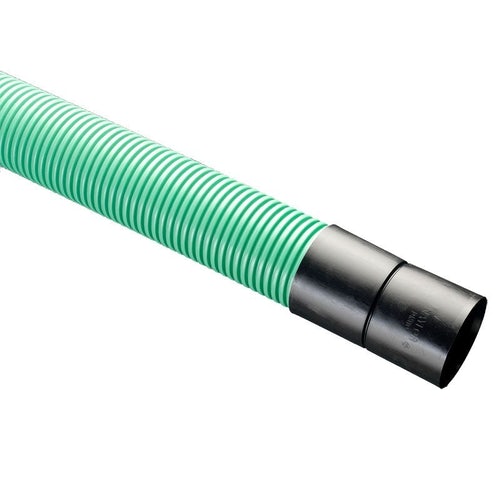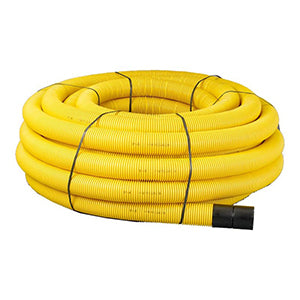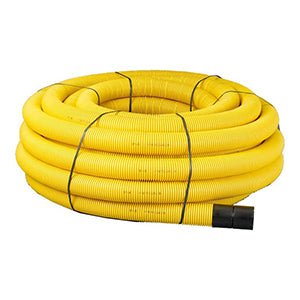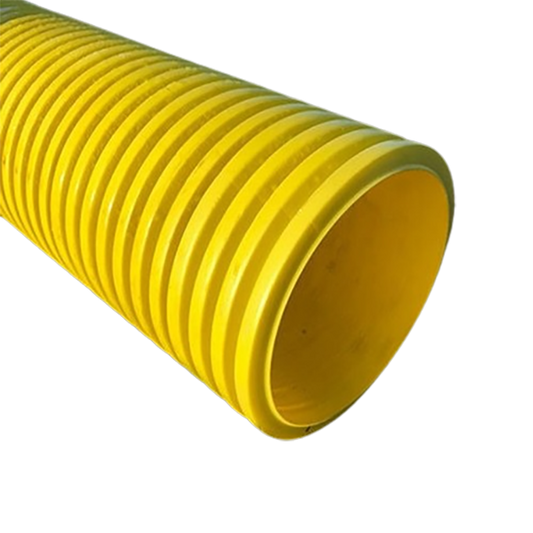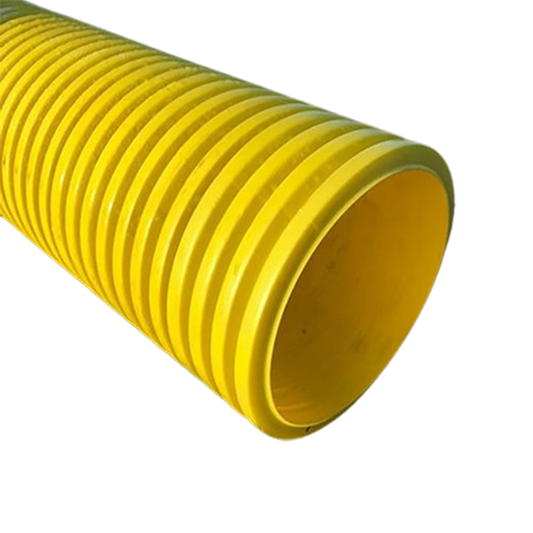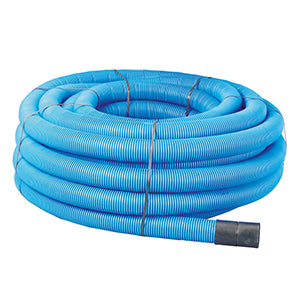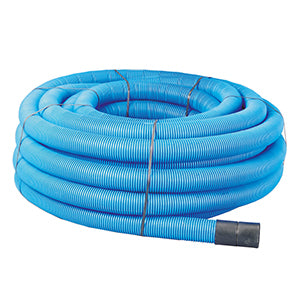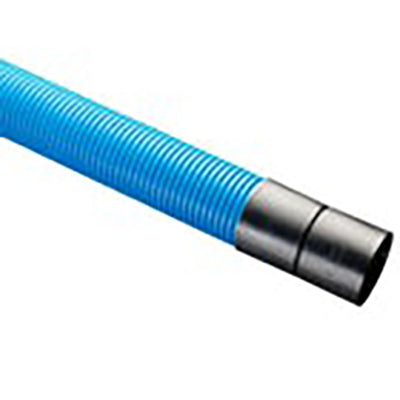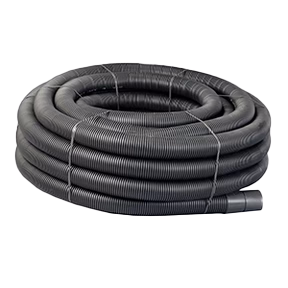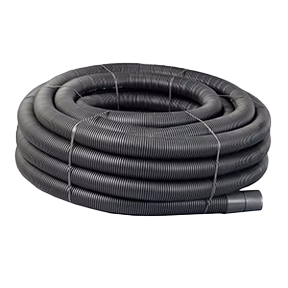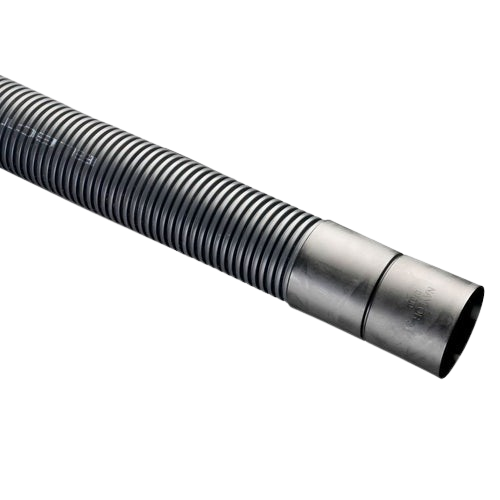-
Twinwall duct coil (Orange/Streetlights and traffic signals) - 94/110mm x 50m
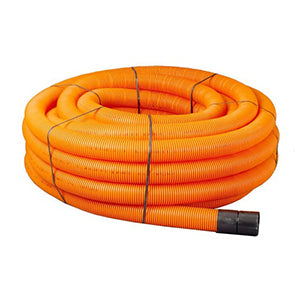 View DetailsTwinwall duct coil (Orange/Streetlights and traffic signals) - 94/110mm x 50mEst. delivery: 2-3 working days
View DetailsTwinwall duct coil (Orange/Streetlights and traffic signals) - 94/110mm x 50mEst. delivery: 2-3 working days- Regular price
- £150.36 (£125.30 ex VAT)
- Regular price
-
- Sale price
- £150.36 (£125.30 ex VAT)
- Unit price
- per
Frequently Asked Questions
What is underground ducting used for
Underground ducting is used to protect utilities and cables that run beneath the ground to provide water, gas and electricity. If left above ground, such pipework will be more exposed and at serious risk of being crushed, broken or tampered with. They also pose risk to the safety of the people who may come into contact with them. A damaged electric cable could spark and cause an electric shock. A faulty gas pipe could release flammable gases, and a broken water pipe may cause flooding. Burying utility pipes and cables underground with ducting pipes not only makes for a tidier installation but also provides an extra layer of protection against potential damages.
Why are ducting pipes different colours
The main reason why underground ducting pipes are colour-coded is to help identify what utilities are passing through them. For example, if someone is digging up around these pipes and they spot a black ducting pipe, they will know that it is carrying electricity. If they see a yellow ducting pipe, this will indicate gas pipes, and blue ducting signifies water pipes. One of the biggest benefits of ducting pipes being different colours is that, if a worker happens to run into any of these pipes whilst digging, they can quickly establish what sort of utilities run through them. It also enables them to notify the appropriate department without delay – ensuring that damages are rectified as soon as possible.
Is a ducting pipe easy to install?
The process of installing a ducting pipe is relatively straightforward – the tricky part is ensuring that it is installed safely, correctly and legally! To start, you need to make sure you select the right colour ducting for your utility. On top of choosing the right ducting pipe colour, you also need to consider the material for the conditions of your installation, to ensure maximum protection for the utilities passing through. Once you’ve done that, you can then plan which route you want underground ducting to take – making sure that no other utilities run through. Next, you need to check that the utilities are switched off and dig a trench to the appropriate depth (this will vary depending on the utility). When it comes to installing the ducting pipe, try to do so with as few bends as possible, and use draw cords to pull them through. Then, all that’s left to do is check everything is connected and sealed correctly and turn the utilities back on. Keep an eye out for any leaks or connection problems, as these will need to be fixed before you fill in the hole. For more tips on installing underground ducting, call Cotterill Civils on 0121 351 3230.
Are ducting pipes expensive?
The simple answer is it depends on where you purchase ducting pipe from. However, here at Cotterill Civils, we provide competitive rates across our entire collection of ducting and supply pipes – allowing you to purchase top-quality products for an affordable price. Browse our wide range of ducting pipes and click through to find out more about each product’s specifications. All our prices are inclusive of VAT – meaning you needn’t worry about there being any hidden fees. If you’d like to know more about our ducting pipes and the prices we charge, why not get in touch with the team today?





